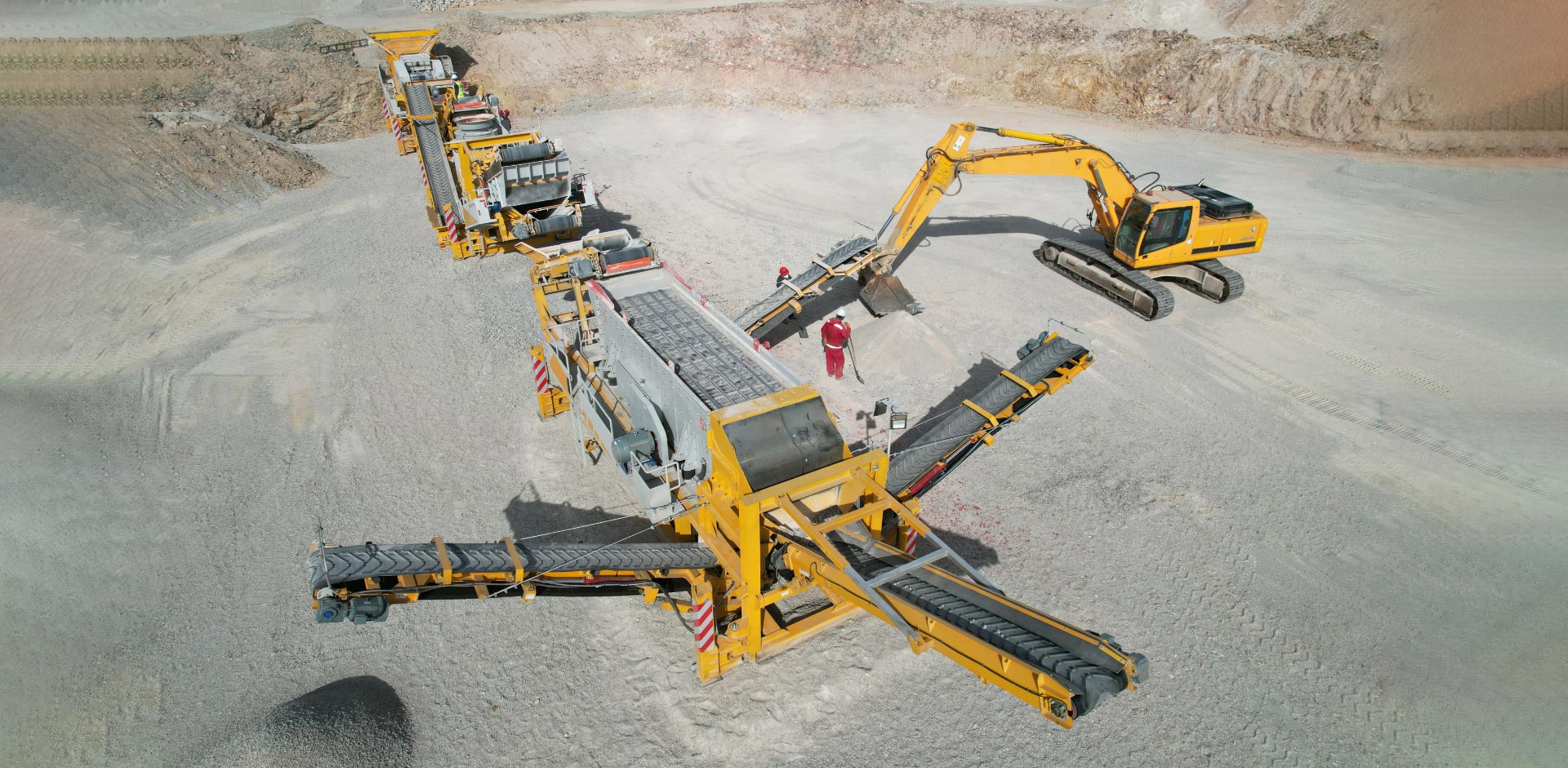The process of limestone crusher involves several stages and processes to effectively crush and process the raw limestone into desired sizes for various applications. Here’s an overview of the typical process:
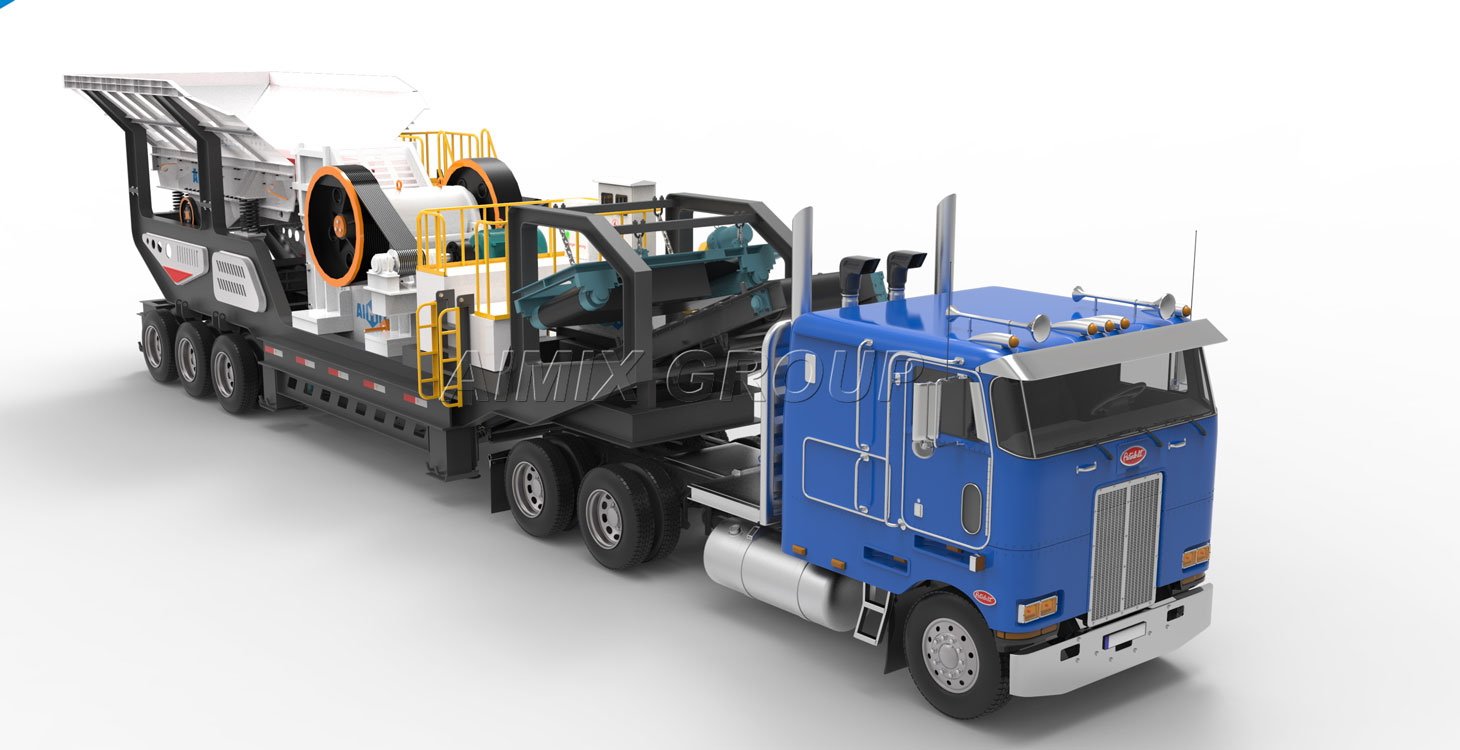
1. Raw Limestone Preparation
Before the limestone can be crushed, it is extracted from quarries or mines and transported to the mobile crushing plant. The raw limestone is sorted and cleaned to remove any impurities or debris.
2. Primary Crushing
The raw limestone is first fed into a primary jaw crusher or gyratory crusher, where it is reduced in size to smaller pieces. The primary crusher’s job is to break the limestone into manageable chunks that can be further processed.
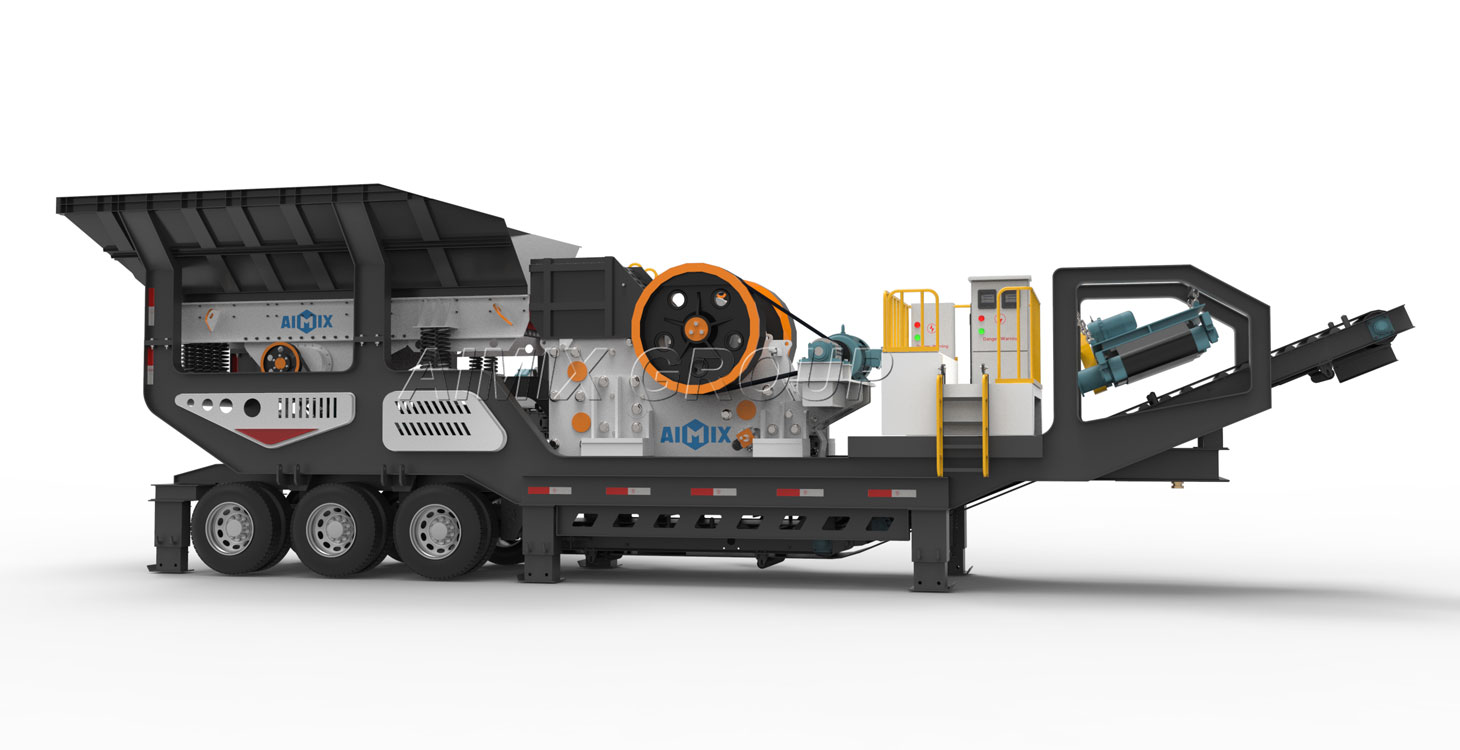
3. Secondary Crushing
The crushed limestone from the primary crusher is then sent to a secondary impact crusher for sale, cone crusher, or gyratory crusher to further reduce the size. Secondary crushers produce smaller and more uniform-sized aggregates.
4. Screening
After secondary crushing, the crushed limestone is passed through screens to separate it into different sizes. This process ensures that the final product meets specific size requirements for various applications.
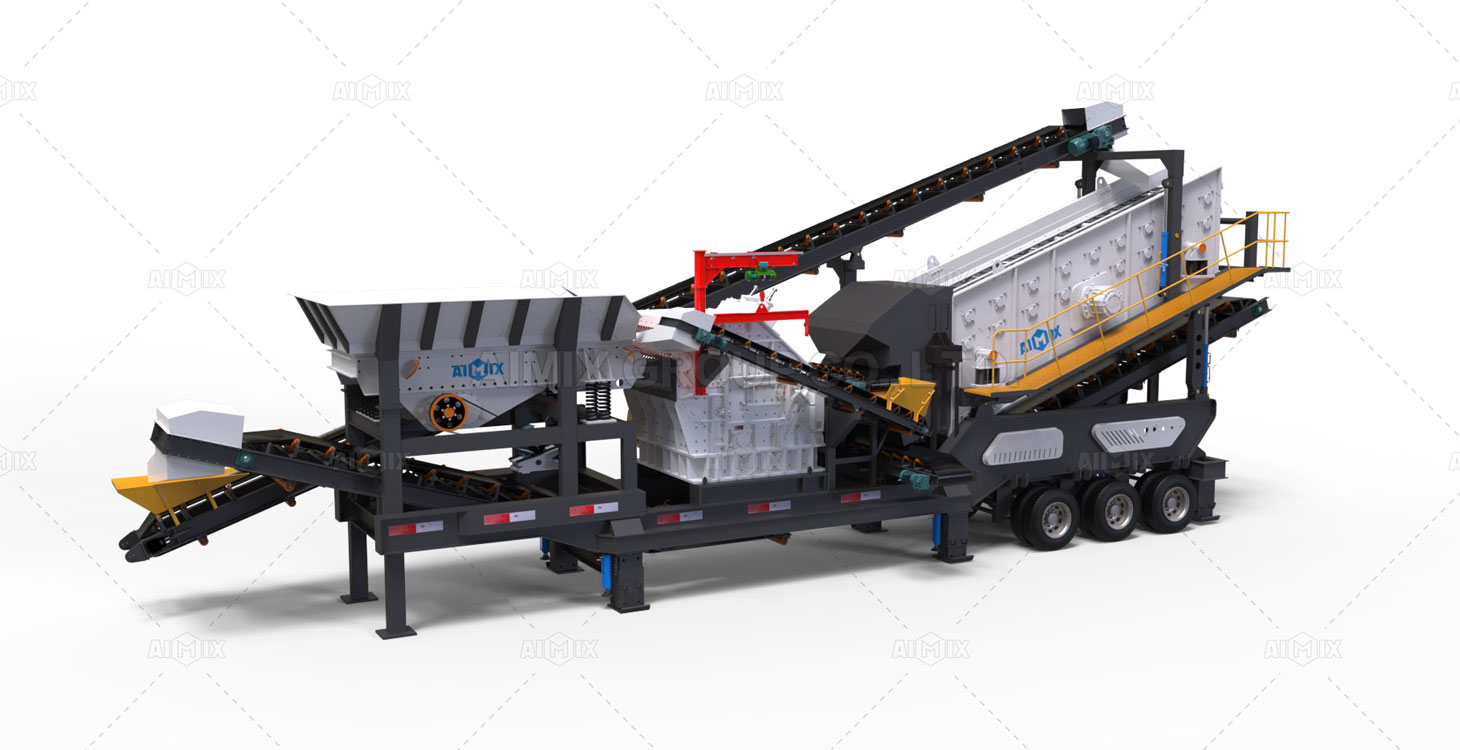
5. Tertiary Crushing (Optional)
In some cases, a tertiary crusher may be used to further reduce the size of the limestone. Tertiary limestone crusher machines are often used to produce even finer and more consistent aggregates.
6. Grinding and Pulverizing (Optional)
Depending on the desired end product, the crushed limestone may undergo additional grinding and pulverizing processes. This can result in finer particles suitable for specific industrial applications, such as in the production of lime or cement.
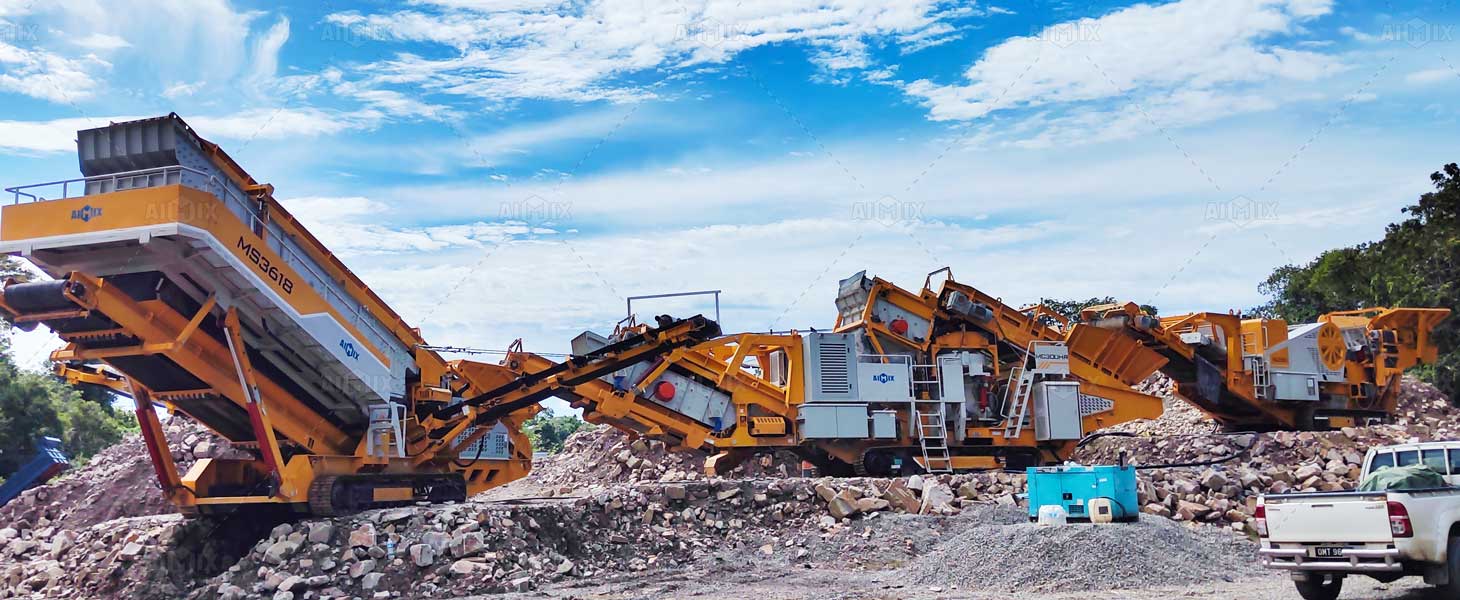
7. Washing (Optional)
Limestone aggregates can undergo a washing process to remove any remaining impurities or dust. Washing helps improve the quality of the final product and ensures it meets quality standards.
8. Stockpiling and Storage
The processed limestone aggregates are stockpiled in designated storage areas, ready for distribution or further processing. Proper stockpiling ensures that different sizes and grades of limestone are readily available for various applications.
9. Transportation and Distribution
The final crushed and processed limestone is loaded onto trucks, trains, or other transportation methods for delivery to customers or end-users. The limestone aggregates may be used in construction, manufacturing, agriculture, and other industries.
10. Environmental Considerations
Throughout the entire process, environmental considerations are crucial. Dust control measures, water management, and environmental regulations are followed to minimize the impact of limestone crushing on the surrounding environment.
It’s important to note that the specific process and equipment used can vary based on the desired end product and the characteristics of the raw limestone. Additionally, advancements in technology have led to more efficient and environmentally friendly crushing processes. As such, the process outlined above serves as a general overview, and specific details may vary depending on the particular limestone crushing operation.
If you have granite to process, we also have crusher for granite, you can choose a right type according to the requirement of your finish products.
